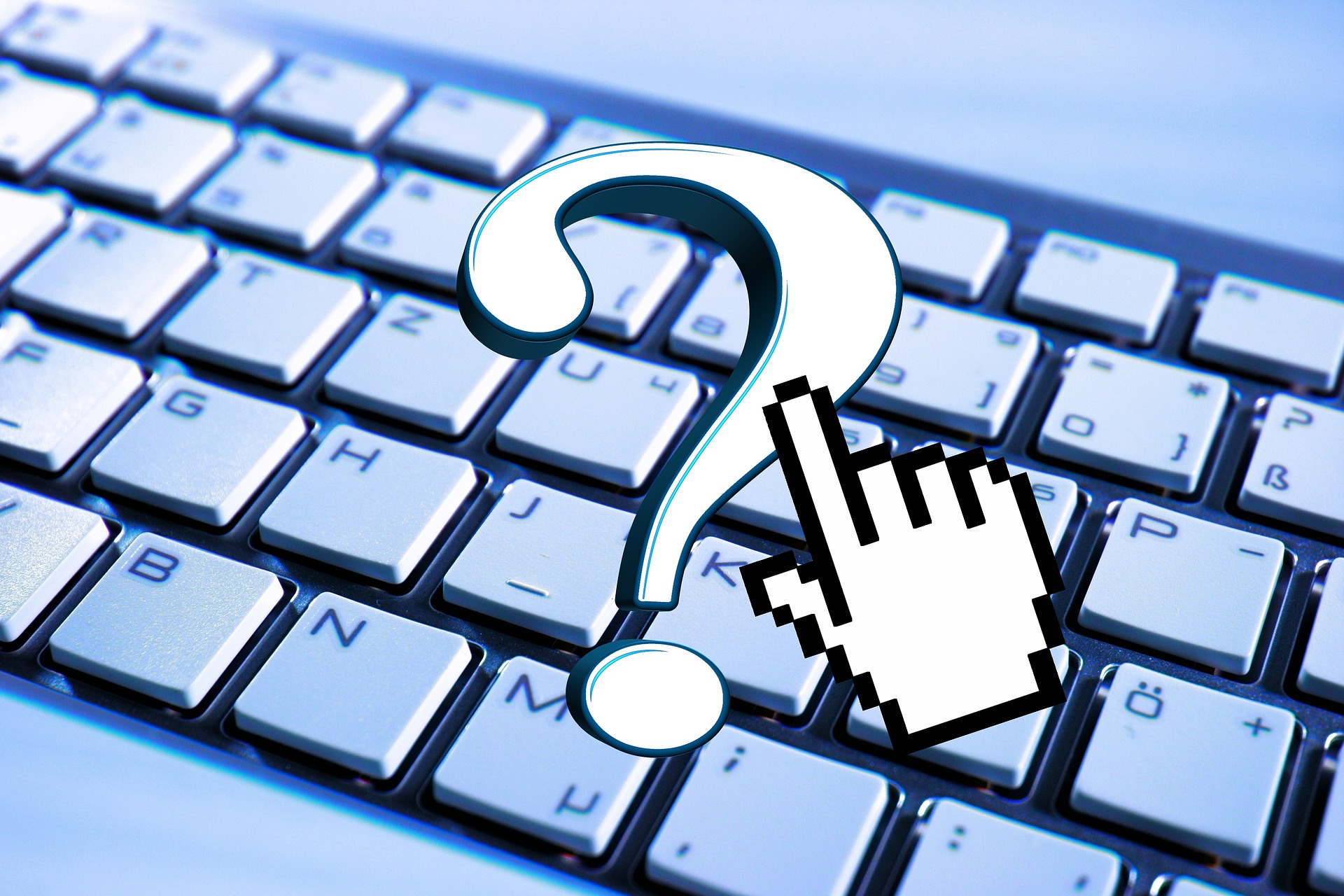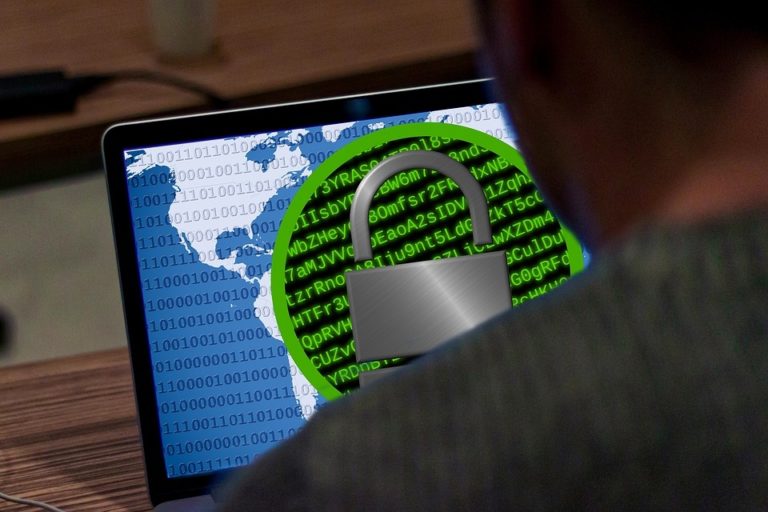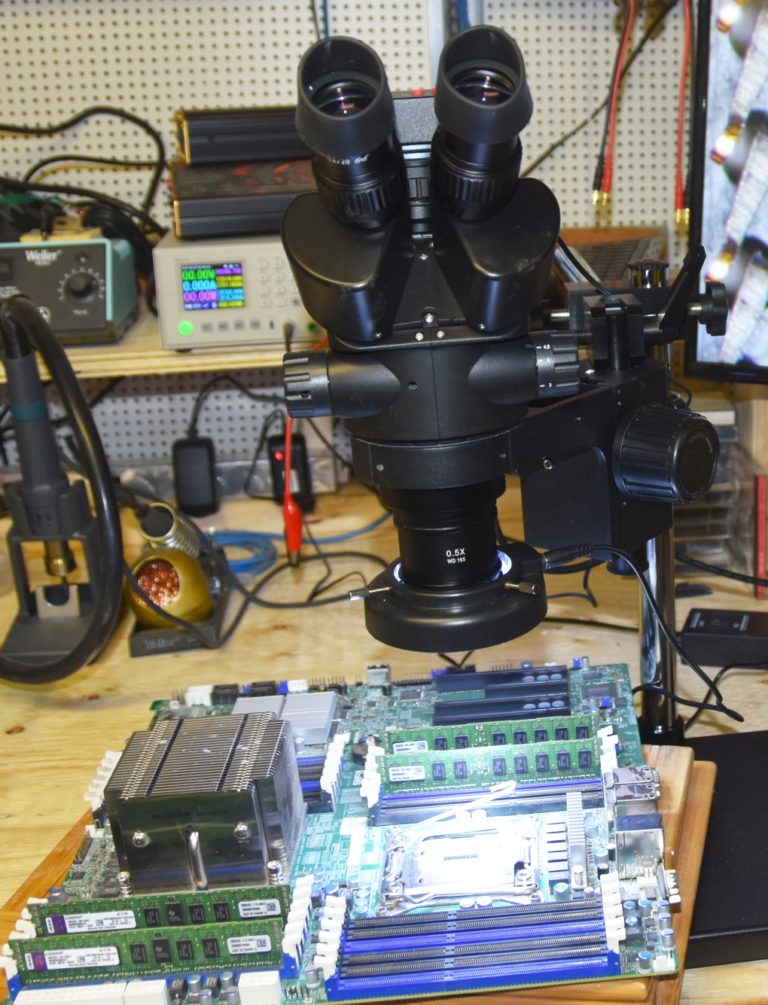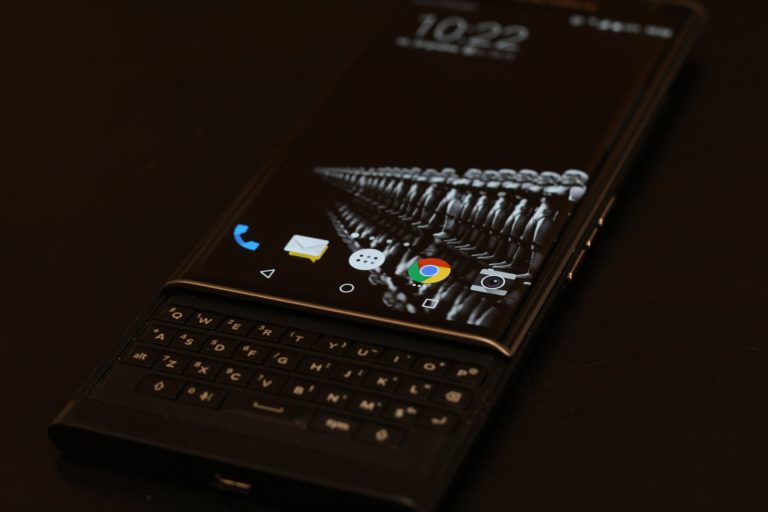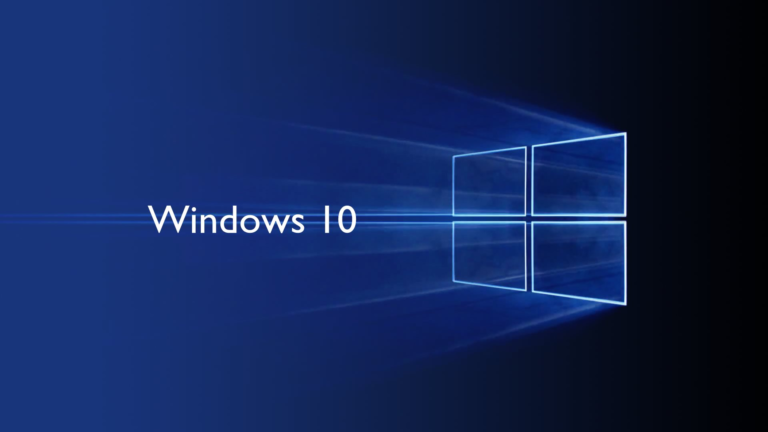I’ve had a surprising number of people ask me about reloading Windows on their computers recently. It really is a simple process that seems to be made confusing by PC manufacturers. I thought it worthwhile to put together an explanation of how PC recovery works and offer the benefits of my experience with some of its pitfalls. This isn’t intended to be a technical how-to of the process but more of an overview of options to help people make informed decisions.
Let me first explain the Windows recovery process as provided to you by your computer manufacturer. It has changed a few times over the years, most dramatically with the introduction of Windows 8.
As we’re all aware, Windows typically comes preinstalled on a computer when it’s purchased. We all get the joy of answering a few questions when we first power the computer on and we’re off surfing the ‘Net, changing the wallpaper, installing software, or just plain getting down to doing some work because that copy of Windows is already there ready and waiting. Let’s talk about how it gets there. Assuming that you’ve purchased a name-brand computer like Lenovo, Acer, HP/Compaq, etc they keep your costs down as a consumer by bundling Windows in with the computer that you’re purchasing and installing it for you. The storage device installed in your computer, or hard drive, is loaded up at the factory long before it ever gets installed so that when it finally gets paired up with your new computer, Windows is patiently awaiting your touch that first time that you turn it on. The installation process ensures that you have all of the drivers in place that you need for your video and audio equipment, your USB ports, your mouse/keyboard/trackpad, etc. Generally the manufacturer also supplies a collection of programs, in addition to the bare bones Windows installation, intended to make your computing life a little easier. Usually those are a mixed blessing and there are a lot of opinions on whether or not it’s a good idea for your computer to come loaded with anything other than Windows. A lot of purist would sooner have a bare-bones Windows installation with nothing in it but the drivers for your hardware but the manufacturers like to try to add value to your purchase.
In a perfect world you would never have to worry about any of this but as we all know, sometimes your Windows operating system can be damaged or corrupted by software installations, sudden power outages, or just plain slowed down by the passage of time and having software installed and removed. When this happens it’s often desirable to give yourself a fresh start so that you and Windows can re-establish that “first time” relationship that you had right after you purchased your computer. To do that you need to get your computer back to its factory defaults. Lots of us refer to this as a “wipe and reload”. You back up all of your data and reinstall Windows from scratch. This has generally been done using the manufacturer-supplied “recovery disks”. You simply pop those babies into your CD-ROM or DVD-ROM drive and let them do their thing. Well as many of us are just now discovering, recovery disks are a thing of the past, and have been for a few years now. With that change reloading a computer may not be as obvious a process as it used to be.
Behold, the Recovery Partition
These days, instead of supplying a mitt full of disks for us to safely stash away, frantically search for, and discover are lost to the ages, manufacturers now place the recovery information directly on the hard drive installed in the computer. The reasons for this are pretty simple, the manufacturer doesn’t need to keep an inventory of disks and maintain the equipment to create them, and consumers enjoy reduced costs because of that. Couple that with the fact that many computers these days no longer have CD-ROM/DVD-ROM drives in them making them lighter and slimmer (Thanks Apple!). All of this together makes having a stash of disks on hand kinda kludgy and outdated. We really are better off without them. For those of us who recall reloading Windows from 3.5″ diskettes (I’m certainly faaar too young to know about such things myself…ahem!) it was a pretty major
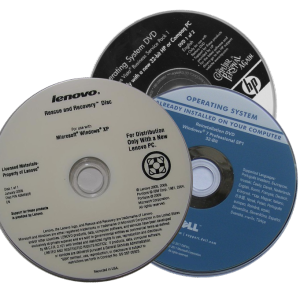
investment in terms of time to get Windows (or any software) installed and running. We were all pretty happy when larger, faster CD-ROM disks arrived, and again when DVD-ROM disks arrived. Using the recovery partition is much the same scenario; it’s just not as easy to navigate for the beginner. Let me explain a little bit about how it works, and then about how this is unfortunately fast becoming obsolete as well.
As we all know, when we turn a computer on, there is some magic that happens to allows us to look at a Windows logo followed by our familiar desktop interface. There is another operating system in your computer called the Basic Input/Output System or “BIOS” that handles your computer’s “boot” process and tells your computer where to look to find your copy of Windows. The BIOS is embedded in your computer and works even if your hard drive isn’t installed (it doesn’t do much, but it works). In today’s computer your BIOS is now capable of selecting several boot actions. It can start Windows, boot from a USB drive or it can start the recovery process just as though you inserted an optical CD-ROM/DVD-ROM disk like we used to. The recovery process is safely tucked away in a hidden space, or partition, on your hard drive, ready to leap into action whenever you need it to. It is invoked in a variety of ways, depending upon which manufacturer was responsible for putting their logo on your computer, but it’s there. Not only does all of this mean that you no longer have to hunt around for long lost recovery disks but recovery times are now faster because your hard drive transfers data much more quickly than an optical disk would. You can see that, much like when we broke up with our massive collections of 3.5″ diskettes, our computer relationships are getting better because of these advancements. The BIOS will let us get to our recovery partition and the recovery partition will let us choose how we want to reload the computer. Regardless of what steps the manufacturer has you use to get there, once you’re looking at your hardware’s recovery system you have only a few steps to wiping out all of your data and getting your computer back running like it did right out of the box.
The downside to this recovery partition method is that it depends upon your computer being capable of booting to the manufacturer supplied partition, on the hard drive, to start the recovery process. The big fault with that is that recovering your computer to factory default can be pretty darn difficult if your hard drive has failed and you’re recovering to a replacement drive. Even if you get a replacement hard drive shipped to you under warranty, Windows and the recovery partition generally aren’t there. In this case, many manufacturers would provide a means of burning the old school optical disks to allow you to recover your Window installation in the event of a critical hardware failure. Many manufacturers now create the recovery partition onto a USB key, instead of disks, that you provide during set up. The USB key is a nice option as it is faster than optical disks and a great means of being able to rebuild your system in the event of hardware failure. In either case, disks or a USB recovery image would have to be created at some point in advance of a hardware failure. I think you see where this is going.
Windows Licensing
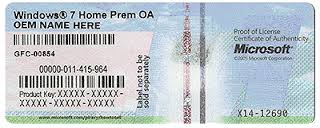 What are your options if you don’t have recovery disks/USB and your hard drive has failed? You find yourself with a perfectly good laptop and nothing to put on it. Your options there are to purchase recovery disks from your computer manufacturer. Generally these can be had for about half the cost of purchasing another copy of Windows at the store. Alternately, you could try to use your license key and reinstall Windows using a friend’s recovery disk (if they have the same model as you) or installing a fresh, bare bones copy using a Windows disk that is not from a computer manufacturer, like you might have purchased from a store.
What are your options if you don’t have recovery disks/USB and your hard drive has failed? You find yourself with a perfectly good laptop and nothing to put on it. Your options there are to purchase recovery disks from your computer manufacturer. Generally these can be had for about half the cost of purchasing another copy of Windows at the store. Alternately, you could try to use your license key and reinstall Windows using a friend’s recovery disk (if they have the same model as you) or installing a fresh, bare bones copy using a Windows disk that is not from a computer manufacturer, like you might have purchased from a store.
Technically, your laptop was sold to you as an appliance, like a tablet or a mobile phone. We don’t get a licensed copy of the operating system to replace on those devices if they fail like we have typically gotten with computers. You may notice that on any computer prior to the release of Windows 8 there was a small sticker somewhere on it that gave you your Windows license number. This is called a Certificate of Authority or COA. This license entitles you to the copy of Windows that you paid for. In the purest sense, it entitles you only to the copy of Windows that came with your computer. Many folks would debate that having the license key entitles you to a copy of Windows..period.., regardless if it is the one that came with your computer or not. Under Windows 7 and 8 the key that you have will be accepted by a plain version of Windows that has been unmodified by a computer manufacturer as long as you have a copy of Windows that accepts your particular type of COA. I don’t know that there is a legal precedent but it is technically possible to utilize a Windows installation method, other than the one that came with your machine, and your key to reinstall Windows. Since the manufacturer installed Windows at the factory, on your computer, without using the key that you were given, I’m inclined to believe that makes the consumers rights pretty clear about being able to use the license you paid for without using the Windows copy that was supplied to you. Bear in mind what I’m giving here is an overview sprinkled with technical advice. You would be wise to contact your computer manufacturer and/or Microsoft to determine what you are legally entitled to.
Where are we headed now?
I can hear a few of you saying “Hey! Geek! You said that this was all changing with Windows 8! Get to the point.” Sorry, I really wanted to make sure that everyone understood what the recovery process was and why losing the disks was not a bad thing. With all of that said, it is changing again somewhat with Windows 8, and Windows 10. Creating our own recovery USB drive following the purchase of a new computer was really a great solution and Microsoft has provided the basics of a recovery solution in Windows 8 making it more standardized than ever before. Windows 8 changes things pretty dramatically. The license key sticker shown above that you might find on an older computer is no longer present on a Windows 8 computer. Remember that BIOS I was rambling about earlier? Your Windows 8 key is now stored directly in that BIOS to streamline the installation process, and improve security. In previous versions of Windows that were preinstalled in a factory the key that is put into the copy of Windows is the key owned by the manufacturer and every computer shipped by that manufacturer uses the same key not the key that is stuck onto the computer before it ships. The sticker you have on your computer is there primarily as a legality to show that the installation is legal. Windows 8 licensing now allows your computer to ship from the factory with YOUR key as the one that is licensing the operating system. Pretty cool, eh?
While most manufacturers are continuing to include a recovery partition, most are no longer including the means of creating recovery disks or a recovery USB. That functionality is now built directly into Windows rather than something separate supplied by the manufacturer. Now here’s the rub, the recovery USB that Windows allows you to create for use in emergencies looks for your hard drive to copy the recover image from. That’s brilliant! However, if your hard drive has failed as mentioned in the scenario above, you still face the same challenges as before. Let me outline the different choices for you.
1) Windows does allow you to create backup images via the Windows File Recovery tool. You could reload the system to a previous backup point. That’s swell, if you’ve done that and/or don’t just want to put the laptop back to factory for a fresh start or to sell/donate/give away your equipment.
2) If your computer manufacturer doesn’t supply recovery disks, doesn’t allow you to create recovery media, and you need to clean up your Windows 8 installation you may use what Microsoft calls the “Refresh Recovery”. A Refresh Recovery removes all traces of anything that didn’t come with the computer to put it back to the way it came from the factory. Many manufacturers are now using this option rather than the old “wipe and reload”. This method does not reinstall Windows; it merely removes everything that was not originally placed on the machine. Sounds a lot like an appliance device like a tablet doesn’t it?
3) If your computer manufacturer doesn’t supply recovery disks, doesn’t allow you to create recovery media, and your hard drive has failed or Windows has been damaged you still need a reinstallation. Most manufacturers will now sell you recovery disks much as they always have. That is really your best option to get your computer up and running again. Unfortunately it also means that you have to purchase the disks and wait for them to be shipped to you. You could also use the Microsoft Windows 8 Media Creation Tool to create a suitable factory installation disk. Since your Windows key is now in your BIOS, this makes doing a fresh install easier than ever before as long as you have created an image that is suitable for the key that is on your machine.
Where to go from here
The geek in me wants very much to dive into all of the technical details surrounded with making all of this happen but that’s not the intent with this post. I really just want to make it clear that the options are there much as they always have been, only the steps and some of the rules have changed. It’s very clear that laptops are likely moving the way of the tablet with a factory installed operating system that is never really changed. Windows 10 is more flexible than any of its predecessors and probably marks a significant blurring of the lines between Windows tablet, Windows computer, and Windows phone. While all of this might seem a little overwhelming, it’s just a case of learning a new way of doing something. For those of us who couldn’t tackle something like this in our worst nightmares, or wouldn’t want to, your local computer guy, pale-skinned nephew, or any random teenager can take care of this for you. For those of you who are really interested in giving this a try, I’m certain you can do this and will have fun with it. Below are some links to other websites to get you started down the path of getting your computer running the way that you want.
Refreshing a Windows 8.1 installation
https://davescomputertips.com/how-to-perform-a-windows-8-1-refresh/
Unofficial Dell Windows Reinstallation Guide
This is put together by a very knowledgeable Dell fan but much of the information works very well for other brands.
http://dellwindowsreinstallationguide.com/

